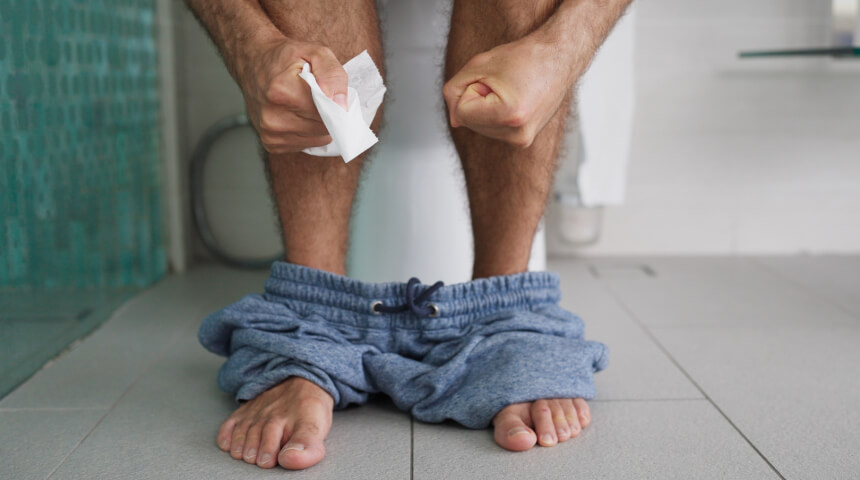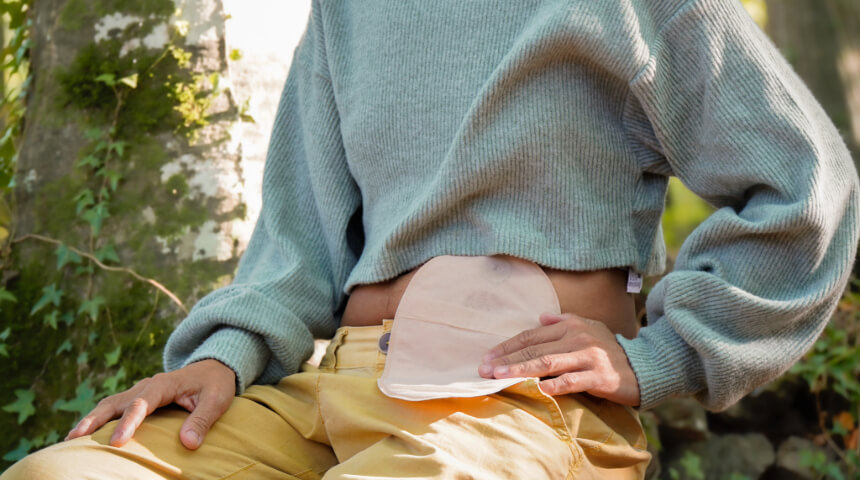When it comes to acid reflux, exercise may be a double-edged sword. Although movement is critical to managing weight and overall health, certain types of exercise can worsen the symptoms of GERD (gastroesophageal reflux disease). And now some research indicates that exercise can cause GERD to begin.
Before you hang up your sneakers for good, let’s take a closer look at the relationship between exercise and GERD.
Understanding Your Anatomy
Acid reflux is a serious condition that should not be ignored. It occurs when stomach acid flows backward into the esophagus after the ring of muscle between the esophagus and the stomach fails to close tightly. There also is a similar ring of muscle connecting the esophagus and the throat that can malfunction. If these sphincter muscles fail, the repeated coating of the soft tissues of the esophagus with stomach acid can damage them and even cause esophageal cancer.
GERD can cause many symptoms, including:
- Heartburn
- Persistent dry cough
- Sore throat
- Frequent throat clearing
- Hoarseness
- Burping or hiccups
- Bloating
- Difficulty swallowing
If you have any of these symptoms, it is important that you discuss them with your doctor.
The Exercise Connection
Working out can both alleviate and trigger reflux, and which reaction a person with GERD has largely depends on the type of exercise and the intensity.
Moderate and low-impact exercises seem to be beneficial, especially because they can help you lose weight. Excess weight puts pressure on the sphincter muscles, often causing them to malfunction. A study in the Neurogastroenterology & Motility journal found that losing weight or reducing the size of your waist helps alleviate symptoms of GERD. Choose activities such as walking, light jogging, yoga, riding a stationary bike or swimming.
However, exercise-induced GERD is fairly common. If your workout includes stomach crunches, abdominal presses or high impact exercise, it might make acid reflux worse. That’s because anything that causes you to put pressure on your abdomen can relax the lower sphincter muscle, allowing the stomach acid to flow back up the esophagus.
If you regularly experience acid reflux at least twice a week, it is considered the more serious GERD, and you should talk with your doctor about a treatment that is right for you. In general, people with GERD should avoid running and sprinting, cycling, gymnastics and weight lifting.
Tips for Exercising with GERD
- Don’t be discouraged and quit exercising because you worry it will trigger acid reflux. Exercise is critical for maintaining (or losing) weight, which directly affects GERD, and your overall health. These tips should help you feel better during exercise:
- Try to avoid exercising immediately after eating. Allow one to two hours to pass. Once food has moved through your stomach, it’s much less likely to reflux.
- If you do eat an hour or two before exercising, avoid foods that trigger GERD for you. For most people, complex carbohydrates are the best choice to consume before a workout because the stomach metabolizes these foods more quickly.
- Avoid exercises that require you to lie flat, which allows reflux to occur more easily.
- Skip strenuous exercising that may jostle your stomach.
- Drink water while you exercise to stay hydrated and help with digestion. Don’t overdo it, though, because liquid can reflux just like food does.
- Dress in loose, comfortable clothing. Tight waistbands can put additional pressure on your abdomen.
- Try yoga. A report in the International Journal of Yoga found that six months of yoga while on a proton pump inhibitor medication significantly reduced stomach acid and improved esophagitis.
Choose to Stay in Touch
Sign up to receive the latest health news and trends, wellness & prevention tips, and much more from Orlando Health.
Sign Up










